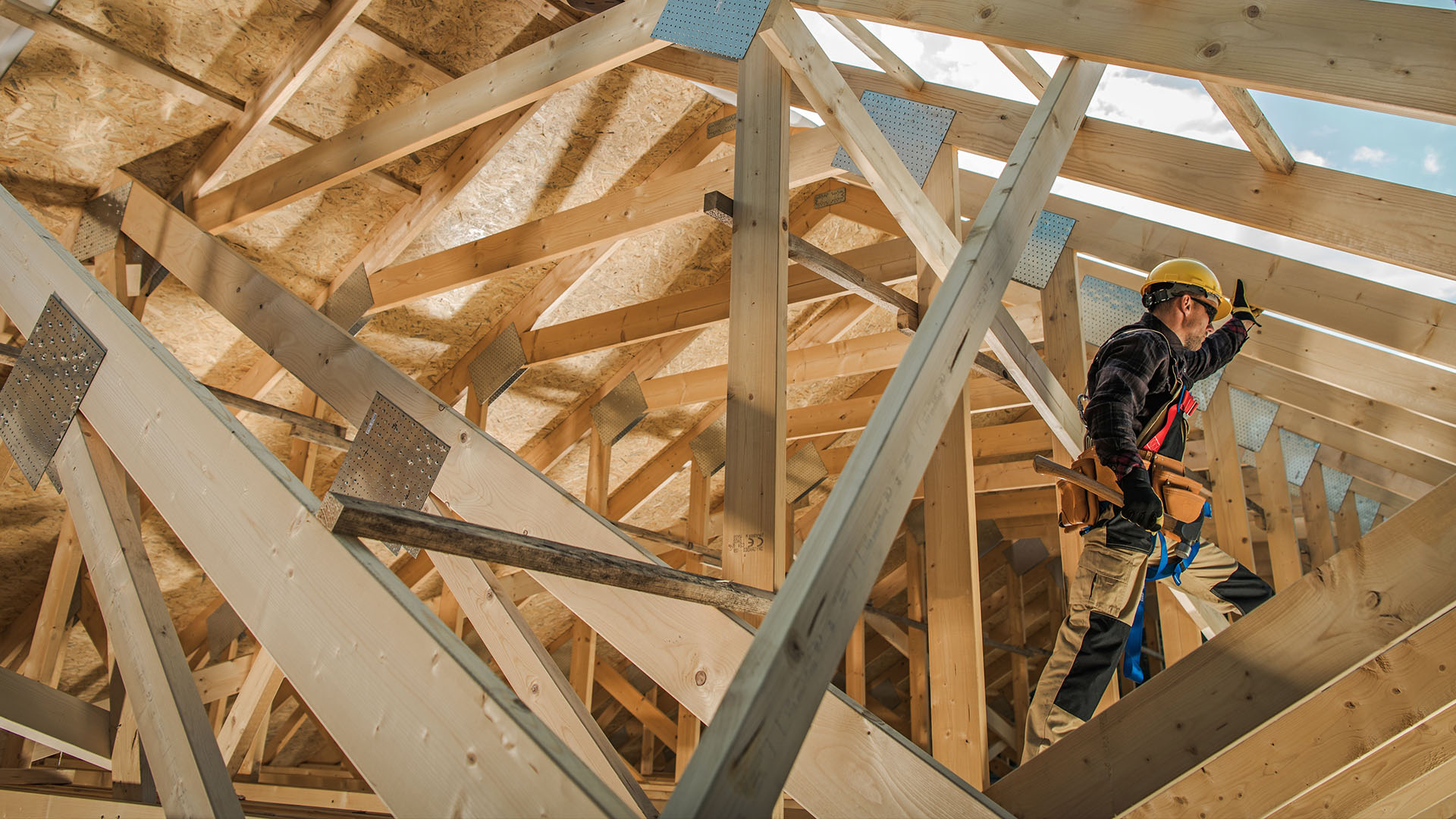
Publication
Nouvelles modifications à la Loi sur les mines
Le 29 novembre 2024, le projet de loi no 63 proposant des modifications à la Loi sur les mines (la Loi) du Québec a été sanctionné.


Australie | Publication | mars 2020
In an attempt to regain public confidence in the construction industry, the New South Wales Government continues to take steps to overhaul building and construction law. One of the more recent legislative reforms, the Building and Development Certifiers Act 2018 (NSW) (the Act), is set to shake things up. Amongst other things, the Act will operate to strengthen the regulation of certifiers and repeals the Building Professionals Act 2005 (NSW).
The Act and accompanying regulation, the Building and Development Certifiers Regulation 2020 (Regulation), will commence on 1 July 2020. Below we have outlined a selection of the key provisions of the Act that construction industry participants should be aware of.
In order for a person to carry out certification works, they must be registered and authorised to carry out these works. Registration limits the class of certification work that a person is authorised to undertake. In addition to any other qualifications and experience, the Secretary (i.e. the Commissioner for Fair Trading, Department of Customer Service) may also request for a first time applicant to successfully complete a registration exam, prior to being granted registration. All registered certifiers (with the exception of swimming pool inspectors) must undertake at least 25 points of relevant education and training annually.
The Government has said that this higher standard to achieve registration aims to:
Under the Act and Regulation, a registered certifier must:
The Regulation sets out that a professional indemnity policy may be subject to a maximum claim limit and maximum yearly limit, but subject to specified minimum limits. For example:
A professional indemnity policy is not required to provide cover for cladding that does not comply with the Building Code of Australia.
Importantly, whilst the Act comes into effect on 1 July 2020, there is a 12-month transition period to allow a registered certifier to meet the changes to the insurance requirements. An insurance policy that was taken out before the commencement of the Regulation and that complied with the requirements of the Building Professionals Act 2005 will be deemed to satisfy the Act. Accordingly, registered certifiers must ensure that they hold the required insurances on or before 1 July 2021.
The inherent conflict between a certifier’s role to a building owner, and the certifier’s overarching obligation to the wider community to maintain the standard of construction, has been heavily criticised. In the hope of addressing this ongoing tension, the Act aims to keep builders and certifiers at ‘arm’s length’ by introducing a requirement that the selection of a registered certifier is the sole responsibility of the building owner, which cannot be objected to by the builder.
The Regulations identify particular circumstances where a certifier is prohibited from carrying out certification work. This extends to the certifier having a pecuniary interest (reasonable likelihood of expectation of appreciable financial gain), or a ‘private interest’, in the certification works, as outlined in section 29(2) of the Act. Relevantly, the standard on which this is based is that of a ‘reasonable person’ (i.e. an objective test applies).
Given the impending introduction of these changes, it is critical that all construction industry participants are well acquainted with the new legislation and their obligations. It will be interesting to see the effects of the tightened registration requirements and how the industry responds to these changes.
There are numerous other changes that this legislation introduces including in respect of disciplinary proceedings and consequential amendments to the Home Building Act 1989 (NSW). If you have any questions regarding these additional changes or in relation to this article, please do not hesitate to contact a member of our team.
Contributors: Emanuel Confos, Harriet Oldmeadow, Jason Kalliris, Ann Matthias

Publication
Le 29 novembre 2024, le projet de loi no 63 proposant des modifications à la Loi sur les mines (la Loi) du Québec a été sanctionné.

Publication
Nous prévoyons que les tribunaux canadiens seront éventuellement appelés à se pencher sur des enjeux de droits fondamentaux que soulèvent les confiscations civiles sans poursuites criminelles.

Publication
Dans le contexte de l’annonce des tarifs douaniers dont le président Trump menaçait le Canada, le Mexique et la Chine (bien que l’incertitude persiste quant à leur mise en œuvre, à leur durée et à leur quantum) , nous pensons que l’incertitude géopolitique peut être porteuse d’occasions pour les entreprises, notamment en matière de fusions et acquisitions.
Abonnez-vous et restez à l’affût des nouvelles juridiques, informations et événements les plus récents...
© Norton Rose Fulbright LLP 2025